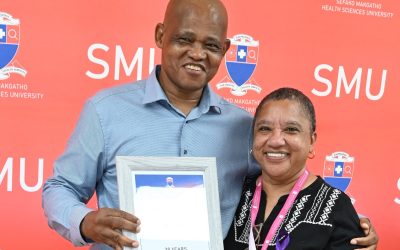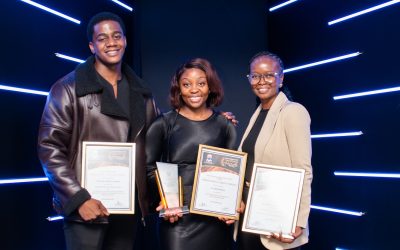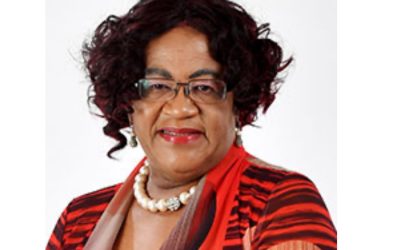Koketso Ashley Matjiane, a post-community service Radiographer and recent SMU graduate, is making waves in occupational health through her pioneering research on coal mine dust lung diseases (CMDLD). Recently, she presented her findings at the SORSA-IAFR Congress, a prestigious international platform, highlighting the role Radiographers play in diagnosing lung diseases in miners.
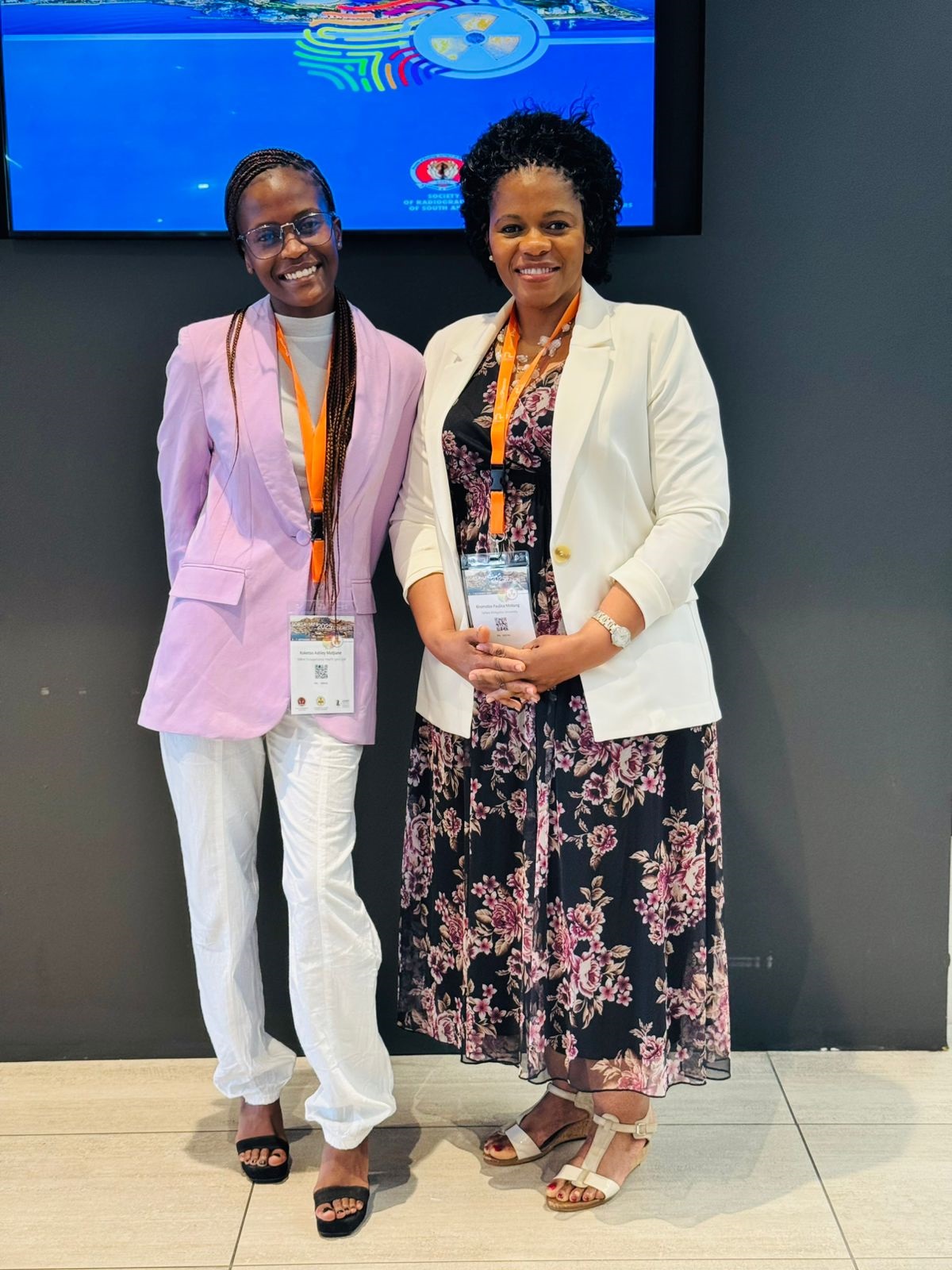 “I’ve always been passionate about evidence-based practice,” Koketso says, reflecting on the journey that led her from classroom inspiration to international recognition. “My lecturer, Mrs Khomotso Motiang, encouraged me to pursue research beyond my final-year studies. With her guidance, I submitted an abstract and found myself presenting to an audience of global professionals.”
“I’ve always been passionate about evidence-based practice,” Koketso says, reflecting on the journey that led her from classroom inspiration to international recognition. “My lecturer, Mrs Khomotso Motiang, encouraged me to pursue research beyond my final-year studies. With her guidance, I submitted an abstract and found myself presenting to an audience of global professionals.”
Her research focused on radiographic pattern recognition of common CMDLD cases she encountered during her first three months as a post-community service Radiographer. Working as the sole Radiographer at her facility, without an on-site Radiologist, she was compelled to interpret radiographs independently. “I had to make sure no abnormalities were missed,” she recalls. “It was challenging, but it sharpened my skills and reinforced the importance of early detection of coal mine lung diseases.”
At the congress, Koketso shared not only her findings but also her insights into the broader implications for occupational health. She emphasised that Radiographers in resource-constrained settings are often the first line of defence for miners’ health. “Every scan we analyse can directly impact a worker’s life,” she explains. Her research demonstrates that accurate, timely radiographic interpretation can dramatically improve early CMDLD diagnosis and strengthen occupational health services.
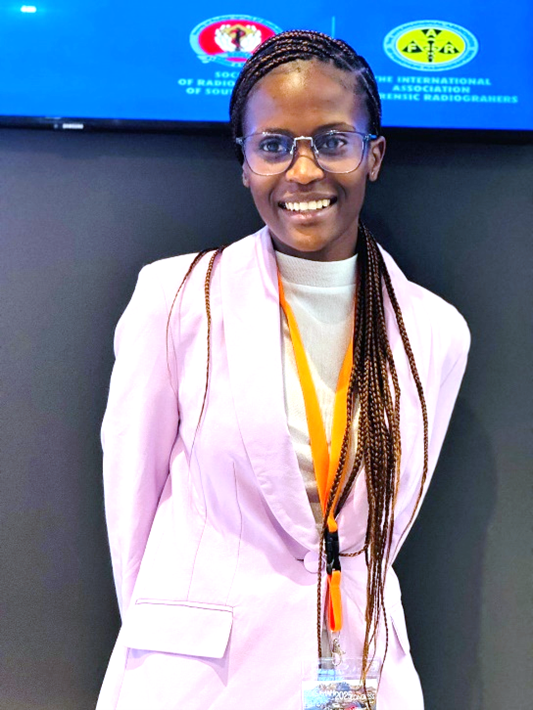 Beyond the scientific presentations, the congress offered opportunities to forge collaborations. “I met professionals who are equally committed to improving miners’ health,” Koketso says. “It inspired me to think about joint projects that could make a real difference in high-risk communities.”
Beyond the scientific presentations, the congress offered opportunities to forge collaborations. “I met professionals who are equally committed to improving miners’ health,” Koketso says. “It inspired me to think about joint projects that could make a real difference in high-risk communities.”
Reflecting on her journey, she stresses the importance of mentorship and early professional growth. “Mrs Motiang’s guidance was pivotal. Her encouragement pushed me to take on research at the start of my career, and that momentum continues to drive me forward.”
Looking ahead, Koketso plans to further her studies in 2026, aiming to play a decisive role in shaping equitable, effective healthcare for vulnerable workers. “Evidence-based research isn’t just academic—it’s a tool to improve lives,” she says. “I want to ensure miners get the care they need and that occupational health services are strengthened across South Africa.”
From student to internationally recognised researcher, Koketso’s story is a testament to perseverance, mentorship, and the power of applying knowledge where it matters most.
By Tumelo Moila

